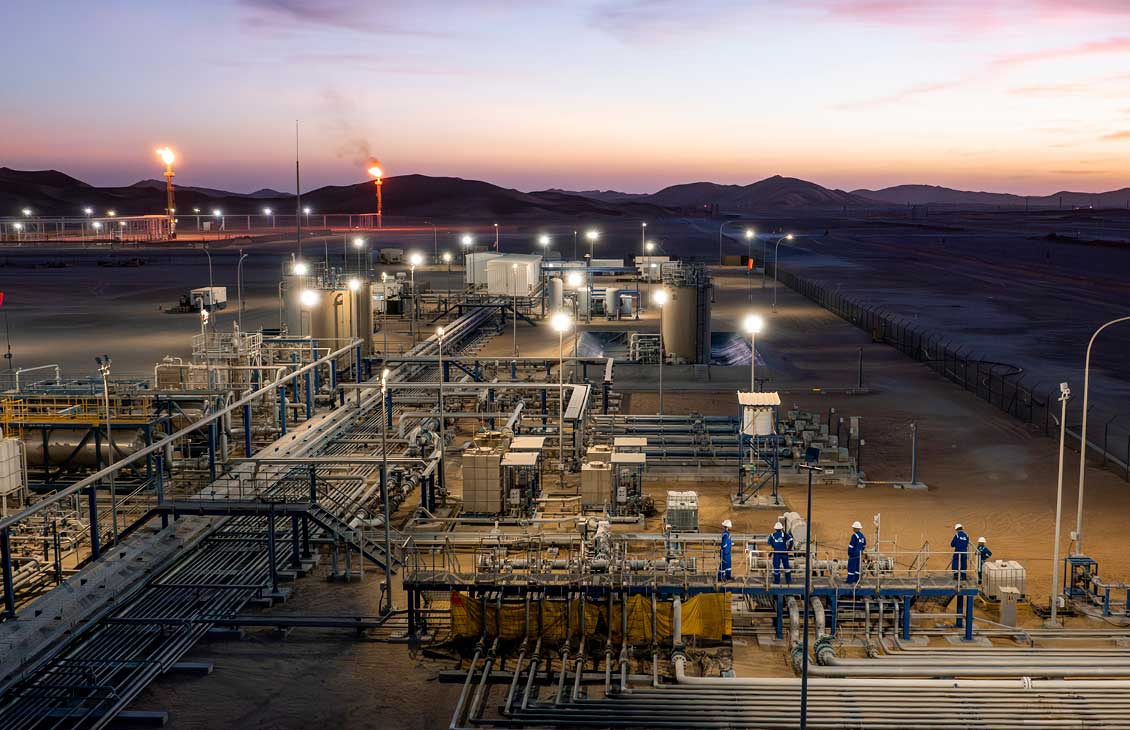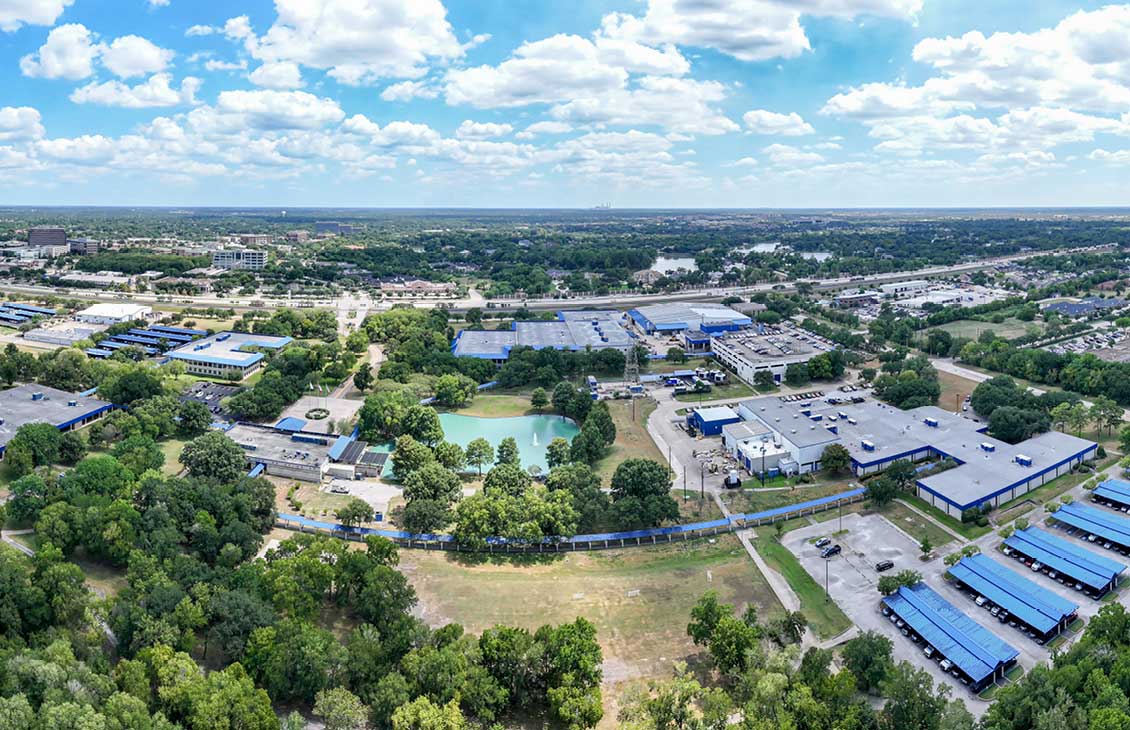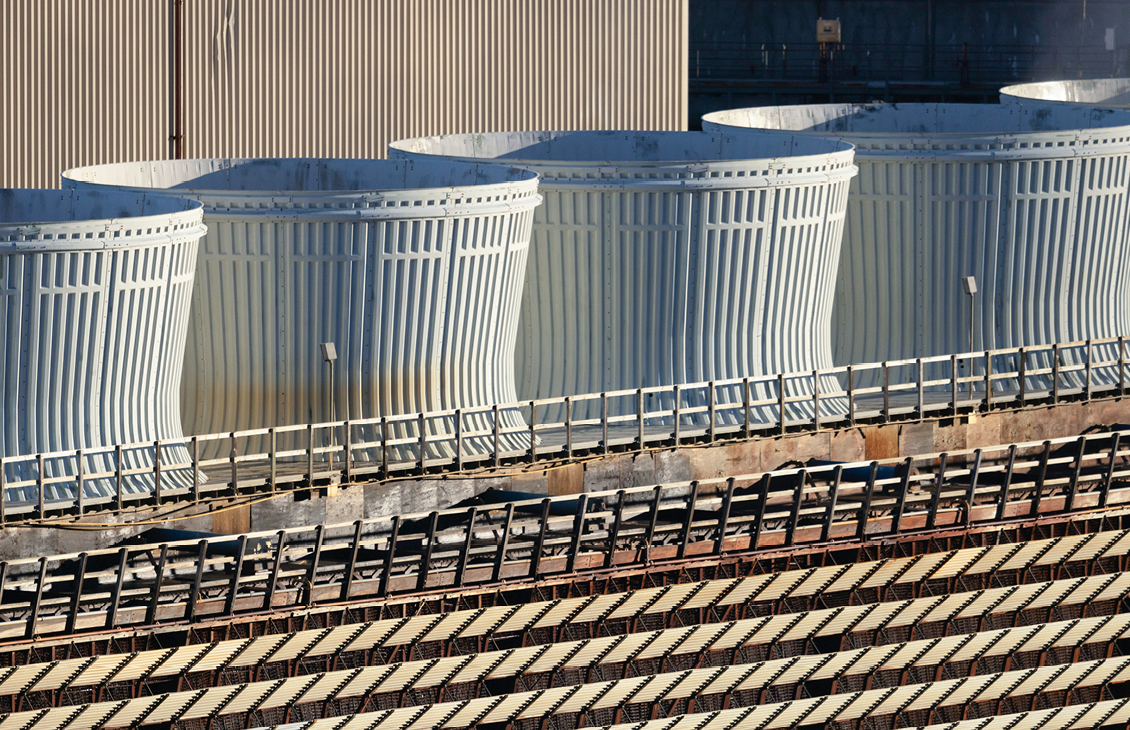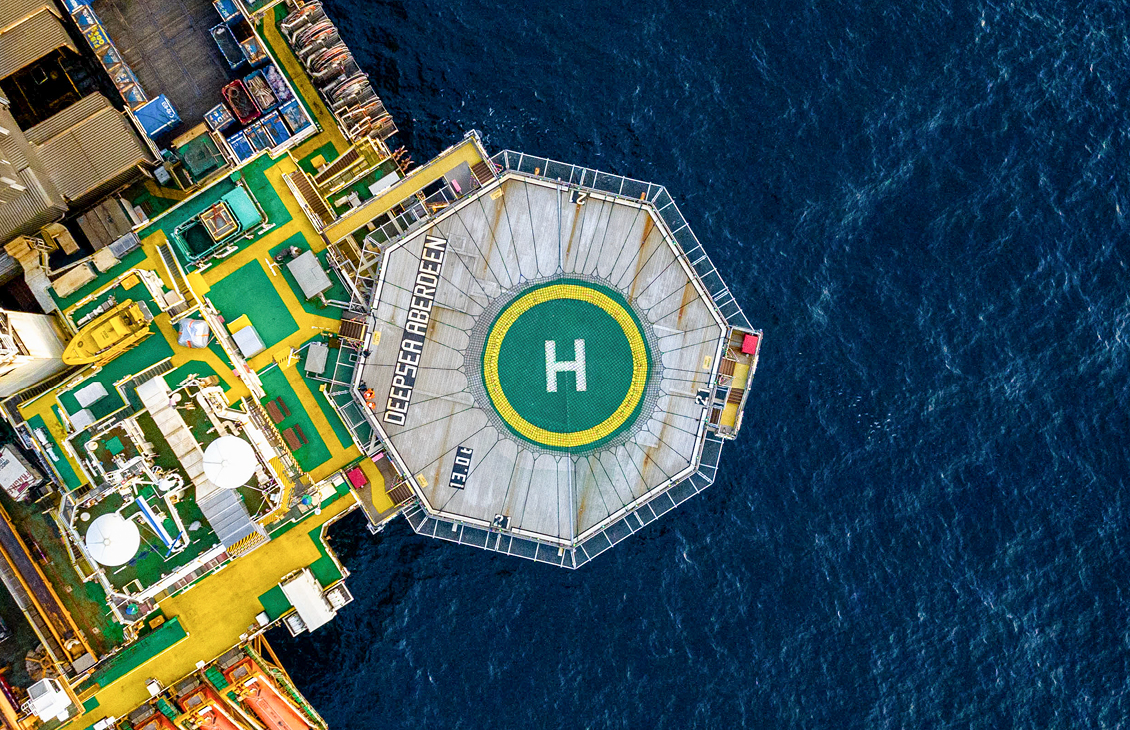
Decarbonizing
Reducing emissions, particularly from hard-to-abate industries, is critical to achieving net zero targets. One of the most prominent opportunities for making a difference? The continued evolution and expansion of CCUS—possibly the most significant lever for industrial decarbonization we have today.

Paper Route: Tackling the measurement of flare efficiency
-
New Energy
What will it take to finance a decarbonized economy?
Accelerating clean energy development is not just about gaining capital. It’s about how capital is deployed.
-
Decarbonizing
Why you need quantitative risk analysis to store carbon
When it comes to carbon storage, there’s no single “best” model for simulating a single "best” result.
-
Decarbonizing
All paths to net zero require industrial decarbonization
If we want industrial decarbonization to become a reality sooner, we need to join forces in tackling it.
-
Decarbonizing
A scientific approach to evaluating carbon storage sites
To reduce your GHG emissions, you must modernize how you screen, rank, and select your carbon storage sites.
Leading minds from across the globe
Energy's future is on everyone's mind, as it should be, and this diverse collective of thought leaders proves it.
Diego Santana
Awarded for contributing to the cybersecurity field

Ann Robertson-Tait
Paving the global road for geothermal

Ghislain Fai Yengo
Building robust digital systems for West Africa

Rakesh Jaggi
Passionate about dynamic, digital oil fields

Drew Pomerantz
Eliminating methane and flaring emissions

Eddie Ganzinotti
Bridging the gap between data centers and clean energy

Sharad Dubey
Global Business Development Manager, Critical Minerals

Andrea Lovatini
From geophysics to geosolutions

Javier Dario Anaya Barrera
Leading expert in production engineering and water injection

Jasmaine Payne
Comms specialist skilled in public affairs

Eva Carranza
Purpose-driven marketing and communications expert

Pablo Bermeo
Integrating managerial, technical, and operational perspectives

Omar Rodriguez
Identifying bottlenecks—and then solving them

Mauricio Fiallos
Consulting on reservoir engineering and numerical simulation

Federico Sporleder
Bridging engineering, software, and climate innovation

Gian Marcio Gey
Expert in methane, life cycle assessments, and predictive models

Stephen Richmond
At the intersection of digital and oil and gas

Sebastian Pages
Leading new energy from growth to scale

Diwakar Plavenderraj
Strategizing for a low-carbon energy future

Alejandra Fonseca Munoz
Leading climate action, water stewardship, and circularity
Never spam. Always important.
Stay in the know as we deliver new content from our contributors directly to you.
Register to subscribeJoin the conversation on social media
Follow us on LinkedIn to hear more from our thought leaders.
Visit our page


























